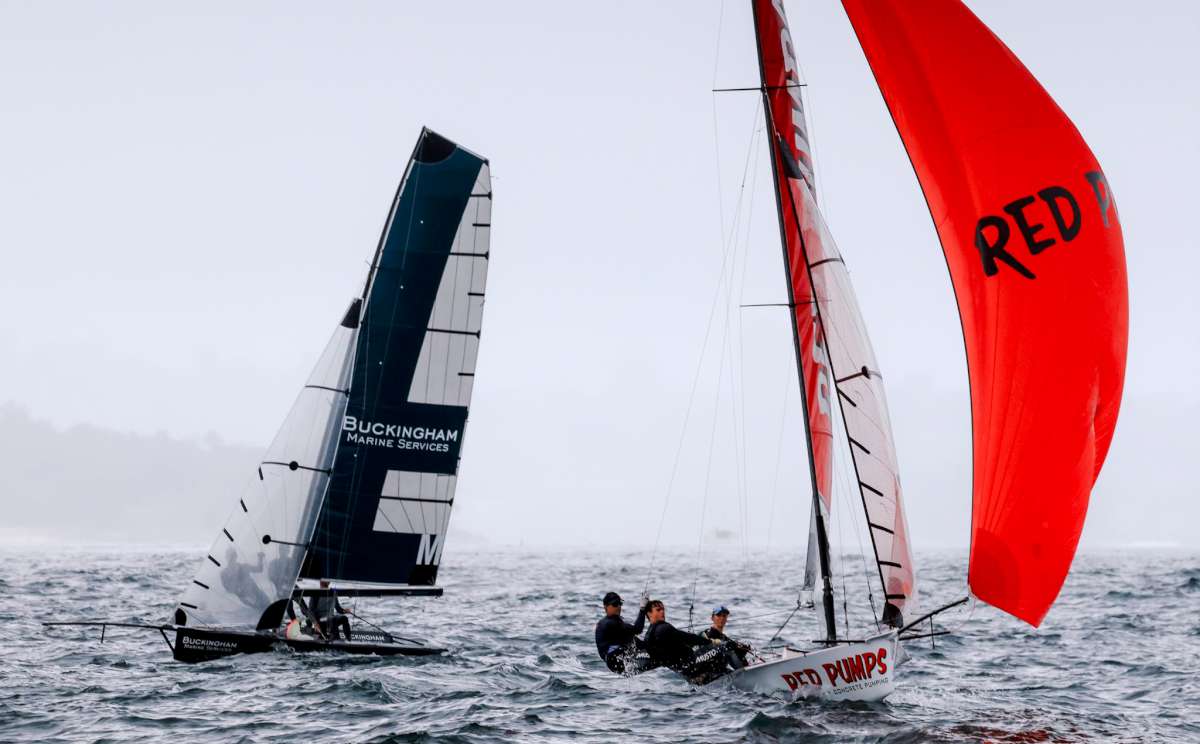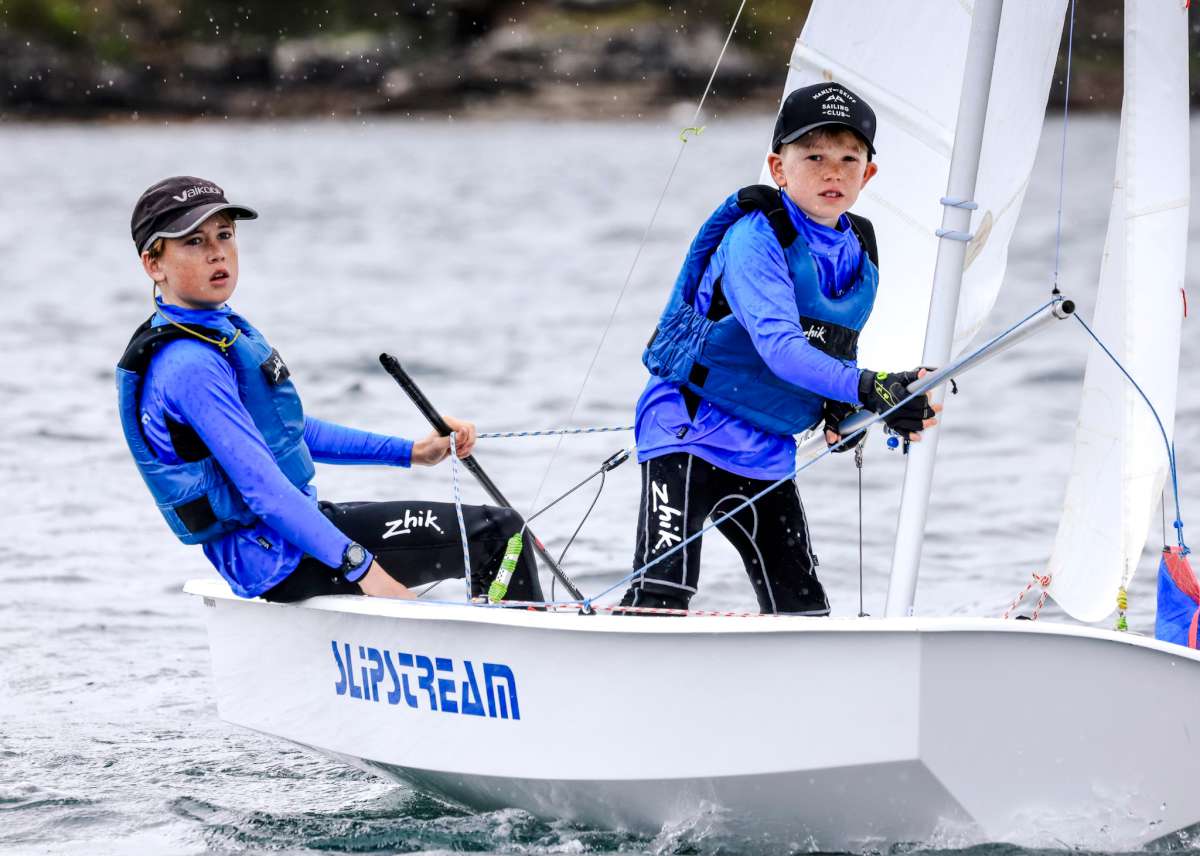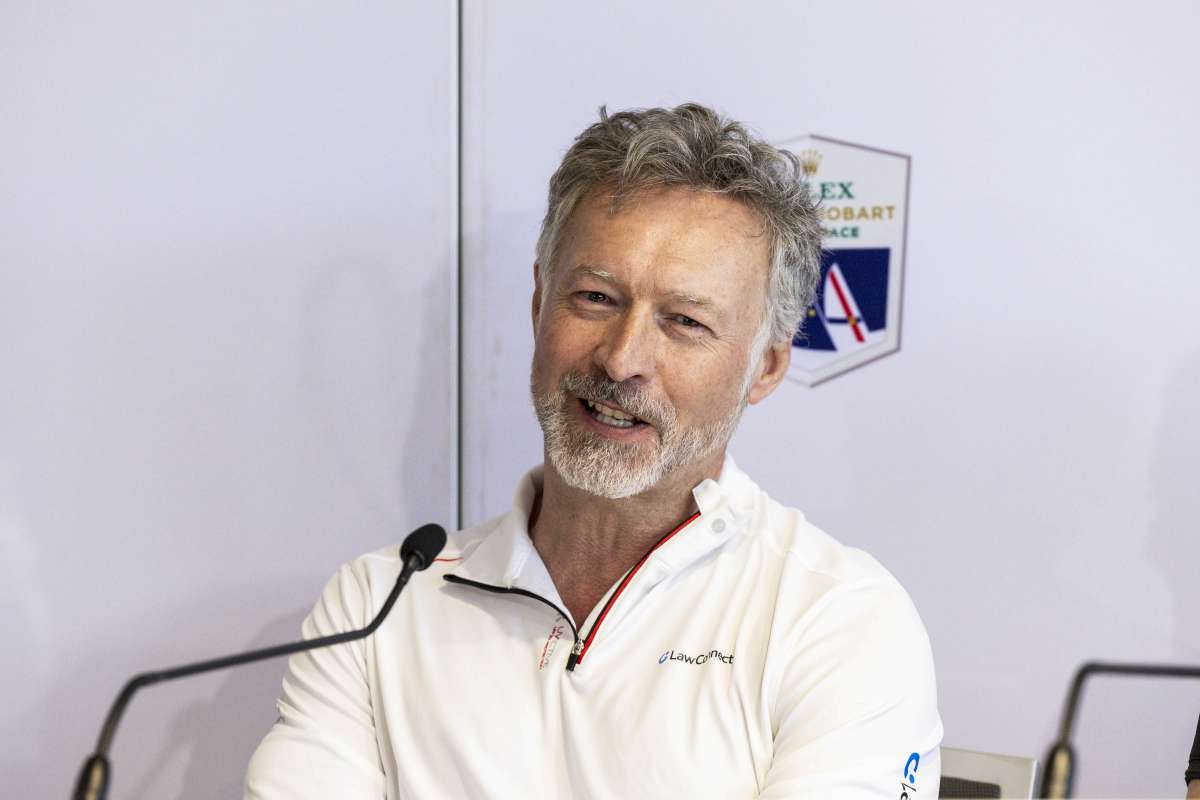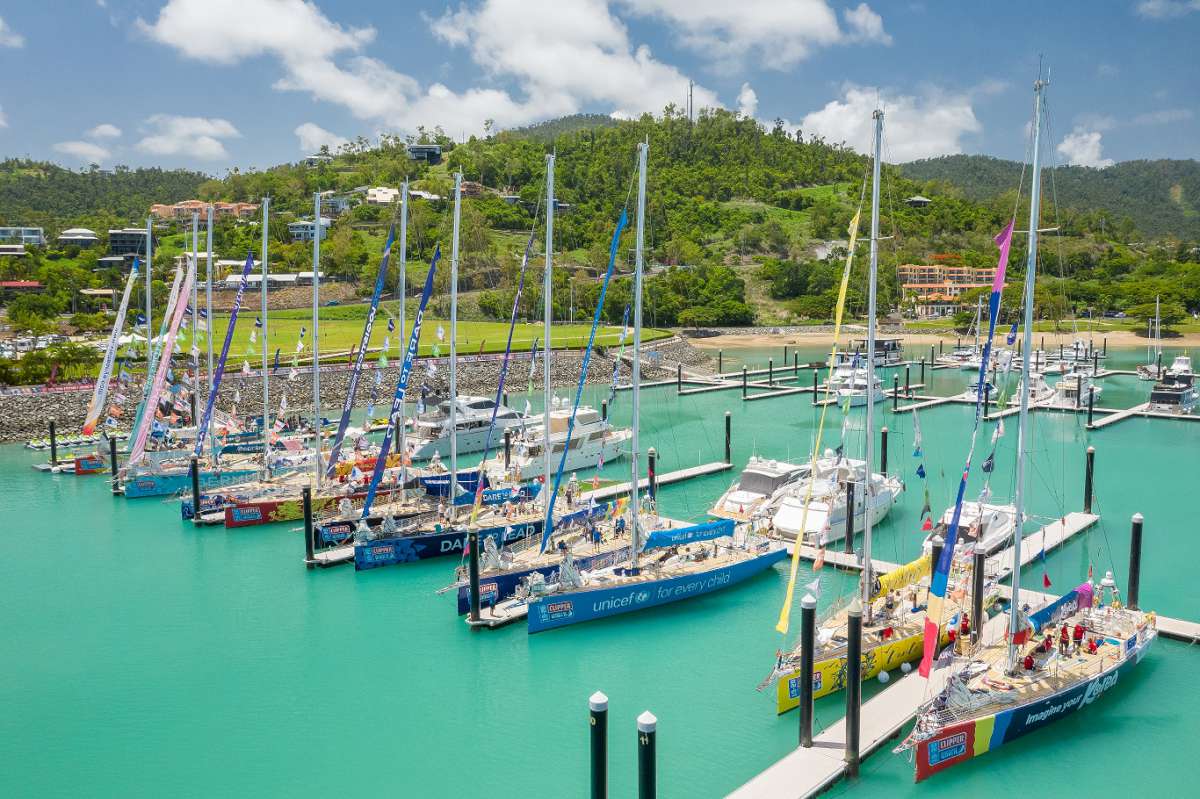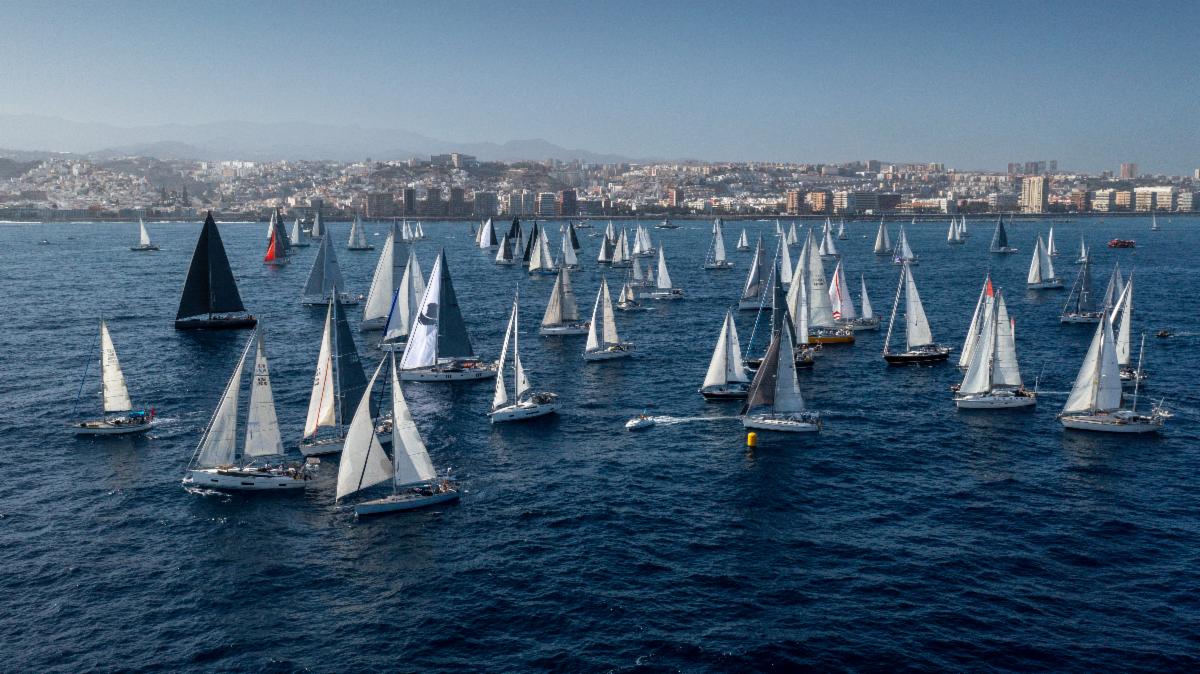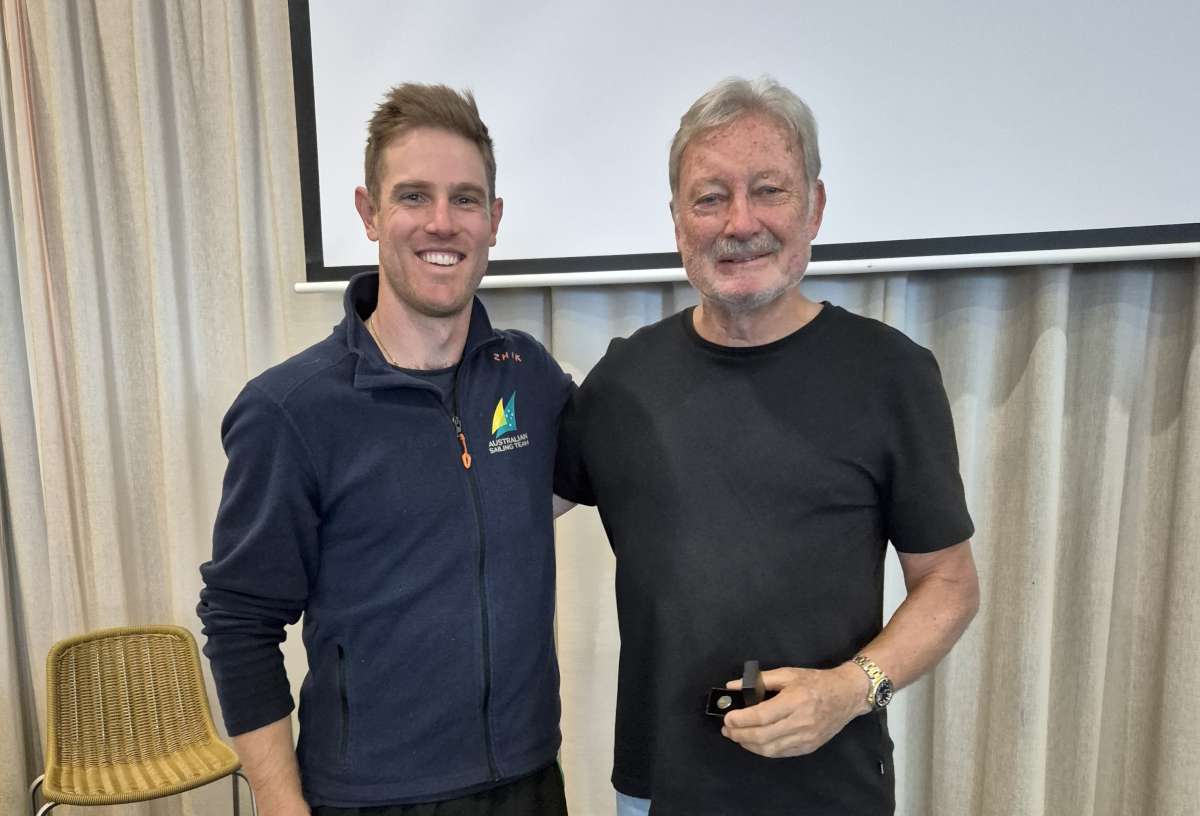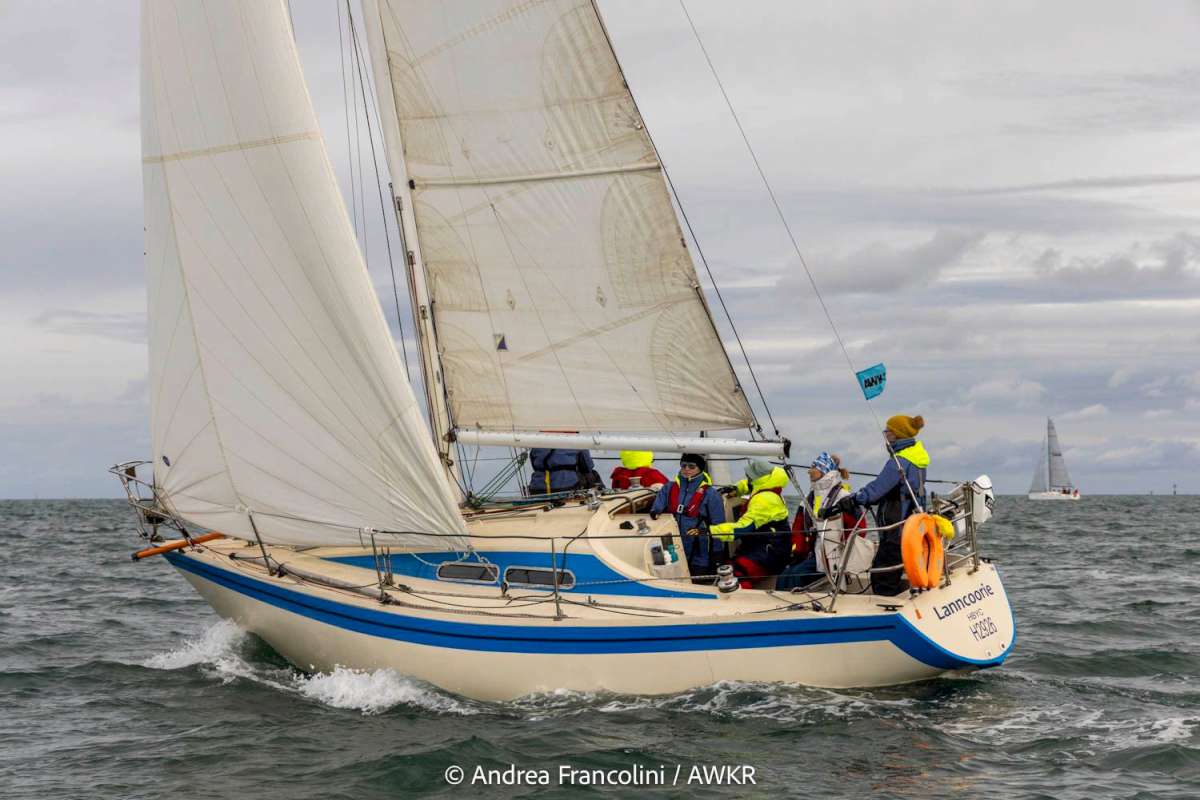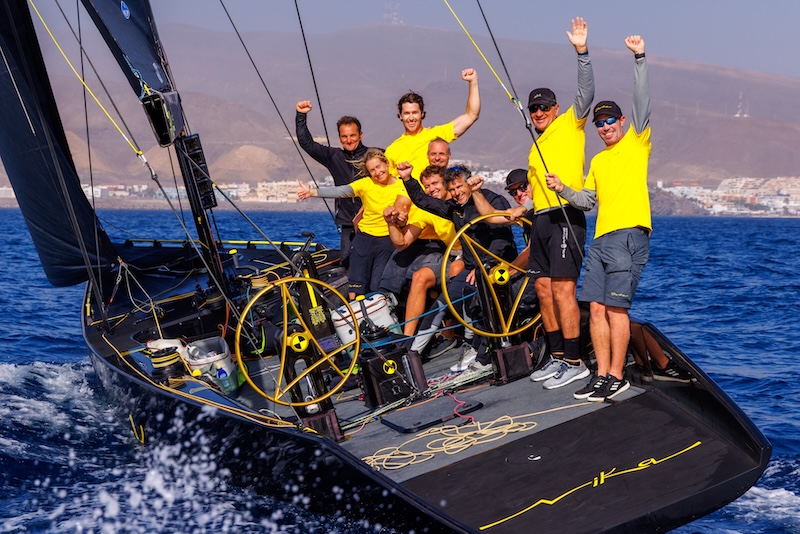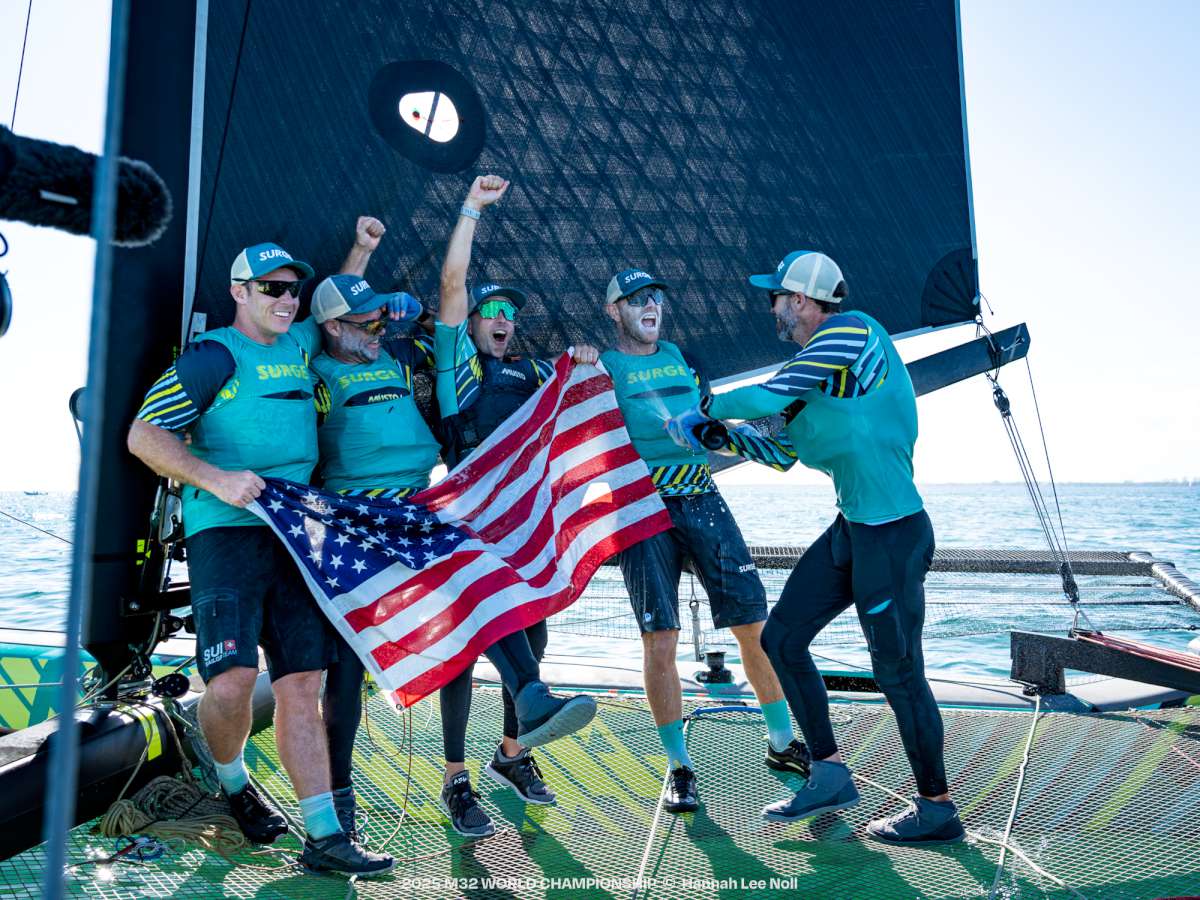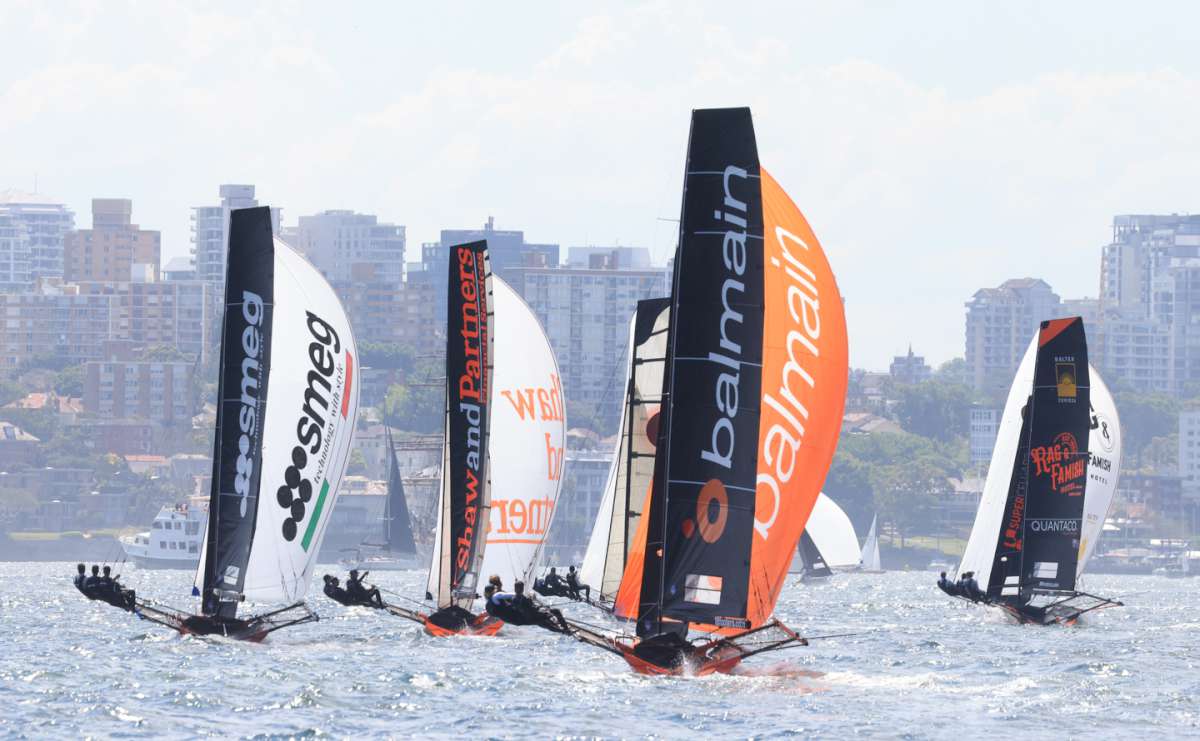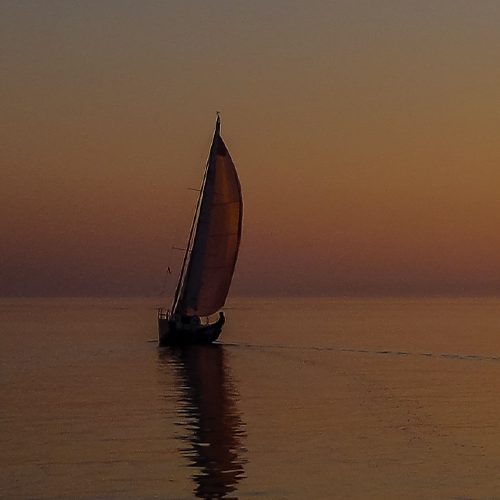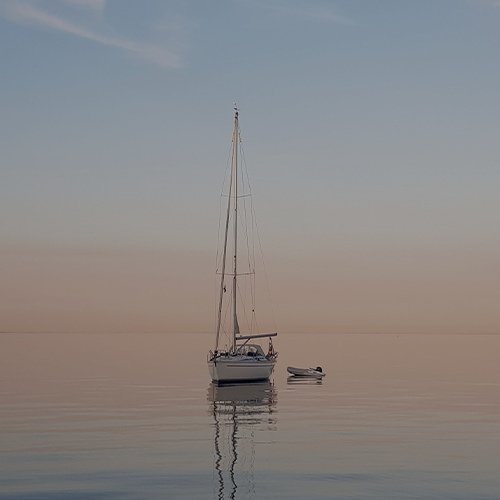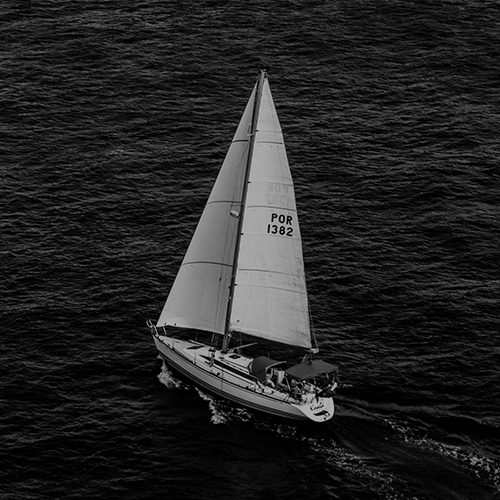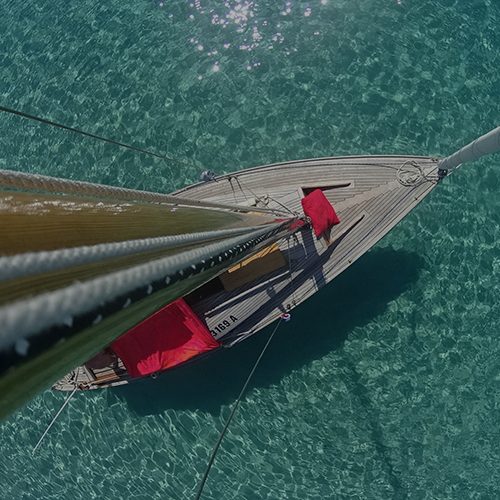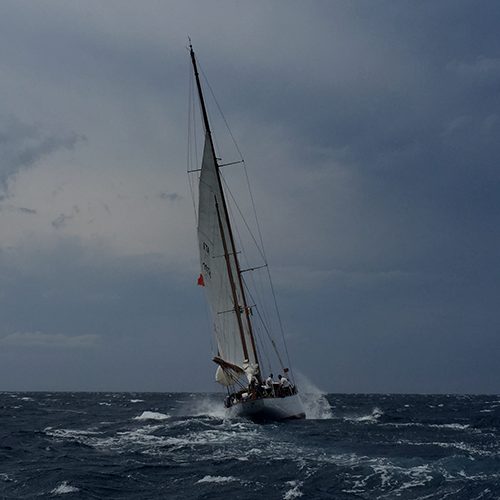With the Isle of Wight astern of them, the fleet parted ways. Sitting in the middle of the English Channel, TSS Casquets forced the sailors to make their first strategic decision, namely the rounding to the north or south of this prohibited area. The first half of the fleet, with the exception of Bleu Blanc Planète Location, favoured a S’ly option. A longer course in terms of the distance to Land’s End, the routing shows it to be the quicker course. Meantime, the N’ly and supposedly wiser option avoids the heavy seas related to the Alderney Race. The first competitors should reach the south-west tip of England overnight before they link onto what is set to be an unprecedented course in the event’s history. Indeed, the current weather conditions have forced Race Management to redesign the course.
Year on year, the CIC Normandy Channel Race certainly boasts its share of surprises. Kicking off play with a return sprint across the English Channel and a passage hugging the Cotentin peninsula during the first 24 hours out on the racetrack is plainly an intriguing scenario for offshore racing novices, especially when you consider that the initial goal is to reach the south-west tip of England. “The weather has thrown us a curveball,” commented Corentin Douguet at the radio link-up. Also contacted at noon today, Achille Nebout explains: “Negotiating the Alderney Race after the Isle of Wight is not actually that astonishing. It’s a place where there’s so much current that when the timing’s right, it can prove to be a very interesting option.” It’s an opinion shared by two thirds of the fleet. Seventeen Class40s have chosen to mirror the route of leaders Esprit Large (209), Amarris (182) and Legallais (199) at the 5:00 pm position report. For his part, Quentin Le Nabour, skipper of Bleu Blanc Planète Location, the first Class40 to go for a N’ly option, justifies his choice as a way to preserve his boat: “We were a little overawed by the sea and wind state around the Alderney Race and the Channel Islands.” He adds: “The routing took us along the English coast so we’ve chosen to try our luck.” Complicating matters still further, the competitors are having to contend with 25-30 knots of W’ly wind whilst punching into the current and 2m waves as they make for the Wolf Rock mark off south-west England. As such, we’ll have to wait until the middle of the night before we discover whether those on a northern or southern route have chosen the better option.
Change of course after Wolf Rock
The boisterous weather conditions expected this Tuesday have forced Race Management to redesign the course for this 16th edition of the CIC Normandy Channel Race in order to preserve the integrity of the fleet and avoid a violent front rolling across the Celtic Sea. “In anticipation of a strong gale and heavy seas, we felt it would be more prudent to send the boats a little further south to let this depression roll through,” explains Race Director Miranda Merron. After Wolf Rock, the competitors will set a course towards the north-west tip of Brittany, rounding a waypoint located to the west of ‘L’occidentale de sein’. From there the fleet will sail the standard course albeit in the opposite direction: with a climb up to Fastnet lighthouse, then a passage along the south coast of Ireland as far as Tuskar Rock before returning to Ouistreham via Guernsey.
@normandy.channelrace
https://normandy-race.com/
Interested in seeing more Offshore News?






